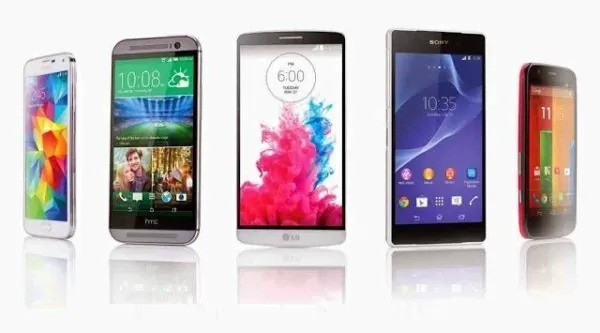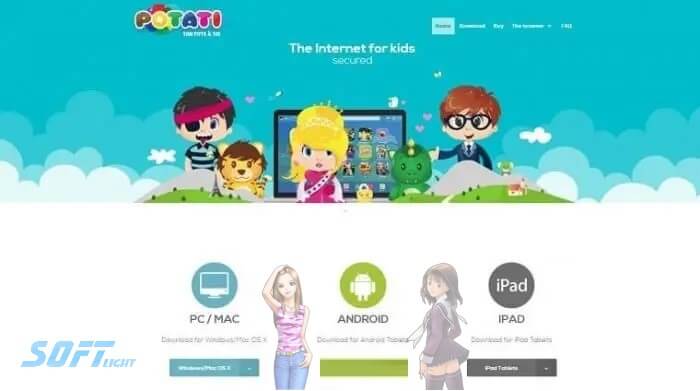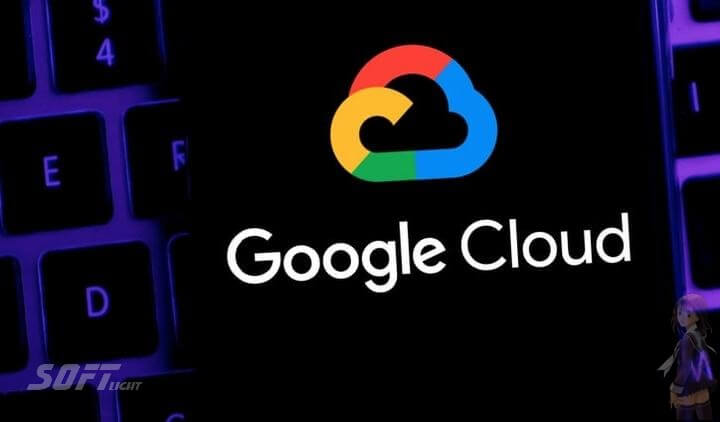Top 7 Effective Mobile Device Applications in the Market
Top 7 Effective Mobile Device Applications in the Market
As we know, the number of smartphone users is increasing day by day. The number is constantly rising, and the reason is that these devices meet the requirements with ease and flexibility, such as entertainment and games, shopping, protection, chat, and many other tasks.
In addition to this scenario, it inspires developers to build more applications for mobile devices related to mobile payment systems for smart devices, social networks, etc.

▶ 7 Most Effective Mobile Applications
Android Will Be the First
From the current scenario, it is clear that Android has won all the software systems and is growing continuously at this point. Android has covered about 80% of the mobile phone market, which is clear. Developers should focus on Android and app development platforms to get more benefits.
Pioneering the Future of Technology
Where technological advancements are transforming every aspect of our lives, Android is undoubtedly leading the charge. With its vast ecosystem of devices and an ever-expanding user base, Android has firmly established itself as the front-runner in the world of mobile operating systems.
From smartphones and tablets to smartwatches and smart TVs, Android has become synonymous with innovation and versatility. In this article, we will explore how Android will continue to be the first choice for consumers and the driving force behind future technological breakthroughs.
Android Will Be the First to Transforming User Experiences
One of the key reasons why Android will be the first choice for users is its commitment to transforming user experiences. With each new iteration, Android brings forth innovative features and enhancements that cater to the evolving needs of its users.
Whether it’s the intuitive user interface, seamless multitasking capabilities, or personalized customization options, Android strives to provide a user-centric experience like no other.
Take, for example, Android’s advancements in augmented reality (AR) and virtual reality (VR) technologies. With the introduction of ARCore and Daydream, Android has paved the way for immersive and interactive experiences.
From gaming and entertainment to education and professional applications, Android devices are becoming the go-to platform for AR and VR enthusiasts. Android’s dedication to pushing the boundaries of user experiences ensures that it will be the first choice for those seeking cutting-edge technologies.
Cross-Platform Application Development Technology
It provides cross-platform app development that can run on multiple systems with the same content and functionality. Moreover, developers must be widely informed in the programming language to achieve a good result. Ultimately, this technology saves a lot of time as well as money. For this main reason, it is more popular than other systems.
Understanding Cross-Platform Application Development Technology
Cross-platform application development technology refers to the use of frameworks and tools that enable the creation of mobile applications that can be deployed across multiple platforms.
It offers a unified development approach, allowing developers to write code once and deploy it on various operating systems. This eliminates the need to maintain separate codebases for different platforms, saving time and resources.
The Rise of Cross-Platform Development Frameworks
To facilitate cross-platform application development, various frameworks have gained popularity in recent years. These frameworks provide a layer of abstraction that enables developers to write code in a single language, such as JavaScript or C#, which can then be translated into platform-specific code. Some prominent cross-platform development frameworks include:
- React Native: Developed by Facebook, React Native has become one of the most widely adopted frameworks for cross-platform app development. It allows developers to build mobile applications using JavaScript and leverages native components to deliver a native-like experience.
- Flutter: Backed by Google, Flutter has gained significant traction in the development community. It uses Dart as its programming language and provides a rich set of pre-built UI components. Flutter apps are compiled into native code, resulting in high-performance applications.
- Xamarin: Owned by Microsoft, Xamarin allows developers to build cross-platform applications using C#. It provides access to platform-specific APIs and native performance, making it an attractive choice for businesses invested in the Microsoft ecosystem.
Internet objects (electronics, software, sensors, etc.)
Experts estimate that Internet technologies (IOT) will make up about 50 billion units by 2020. It will provide the best opportunity to enable and expand digital business scenarios, helping you to communicate with people and the multiple technologies of hardware and data usage across your business and processes.
The Latest Technology Can be Worn
Wearable technology is a comprehensive term for a full range of clothing and supplies. It includes computers and advanced electronic components. They are designed to be light and comfortable for those who wear them by users compared to mobile technologies such as smartphones, tablets, and audio players.
At present, mobile application developers should focus more on the applications of devices that can be worn. Compared with smartphone applications to meet market requirements.
Mobile e-Commerce
Many users rely on Mobile e-Commerce for their purchases and business in e-commerce, and this will increase in the next few years. Instead of credit cards or debit cards, people prefer the smartphone to buy and pay using different applications available in the app stores according to their devices.
This trend is to encourage developers to build applications for various mobile device protection systems, with an increasing range of mobile device applications for different purposes. And the increasing number of cases of piracy and information leakage, and the proliferation of many types of viruses.
And spyware is constantly rising. Here, the protection of portable devices plays an essential role, but still, mobile device protection software is not an easy task for developers.
The Growth of Mobile e-Commerce
The growth of mobile e-commerce has been nothing short of remarkable. With the increasing availability of affordable smartphones and the expansion of internet connectivity, more and more people are turning to their mobile devices for online shopping. According to recent studies, mobile e-commerce is projected to account for nearly half of global e-commerce sales by 2023.
What is Mobile e-Commerce?
Mobile e-commerce, also known as m-commerce, refers to the process of buying and selling goods and services through mobile devices such as smartphones and tablets.
With the widespread adoption of mobile technology, e-commerce businesses have recognized the need to optimize their online platforms for mobile devices, offering a seamless shopping experience to their customers.
Beacon is Built on Wi-Fi Service
A beacon is a small navigation device that can be placed in an open space to transmit continuous wireless signals from limited information (EG, location, or location) at dedicated frequencies. A device running on the Bluetooth system attracted a new dimension to the interaction between the merchant and customer, but the first release was launched beacon by Apple.
This technology is in its initial stage, so developers need to develop more beacon technologies based on different systems likewise. Developers are working on developing Wi-Fi services.
The Role of Wi-Fi in Beacon Technology
While beacons primarily utilize Bluetooth technology, the role of Wi-Fi cannot be overlooked. Wi-Fi acts as the backbone of the beacon infrastructure, providing the necessary connectivity and internet access for beacons to function effectively.
By leveraging Wi-Fi networks, beacons can enhance their capabilities and offer more comprehensive services.
Enhanced Connectivity with Wi-Fi
Wi-Fi networks serve as a bridge between beacons and the internet, allowing them to access and transmit a wide range of information.
By tapping into Wi-Fi connectivity, beacons can offer real-time updates, location-based services, and personalized experiences to users. This integration of Wi-Fi and beacons opens up new possibilities for businesses and consumers alike.
Expanded Range and Coverage
While Bluetooth technology has a limited range, the inclusion of Wi-Fi in beacon technology expands the coverage area significantly.
Wi-Fi signals can reach a larger distance, enabling beacons to communicate with devices even when they are not nearby. This extended range ensures a more seamless and uninterrupted connection between beacons and users.
Topics That May Interest You
- Huawei Nexus 6 & Nexus 5x Best Mobile
- Watch the Largest Truck in the World
- A Game Dedicated To Mobile
- Modern Li-Fi Technology Has Surpassed
- Huawei Nexus 6 & Nexus 5x
- Apple Has Removed The Curtain
Protect Your Child Online







